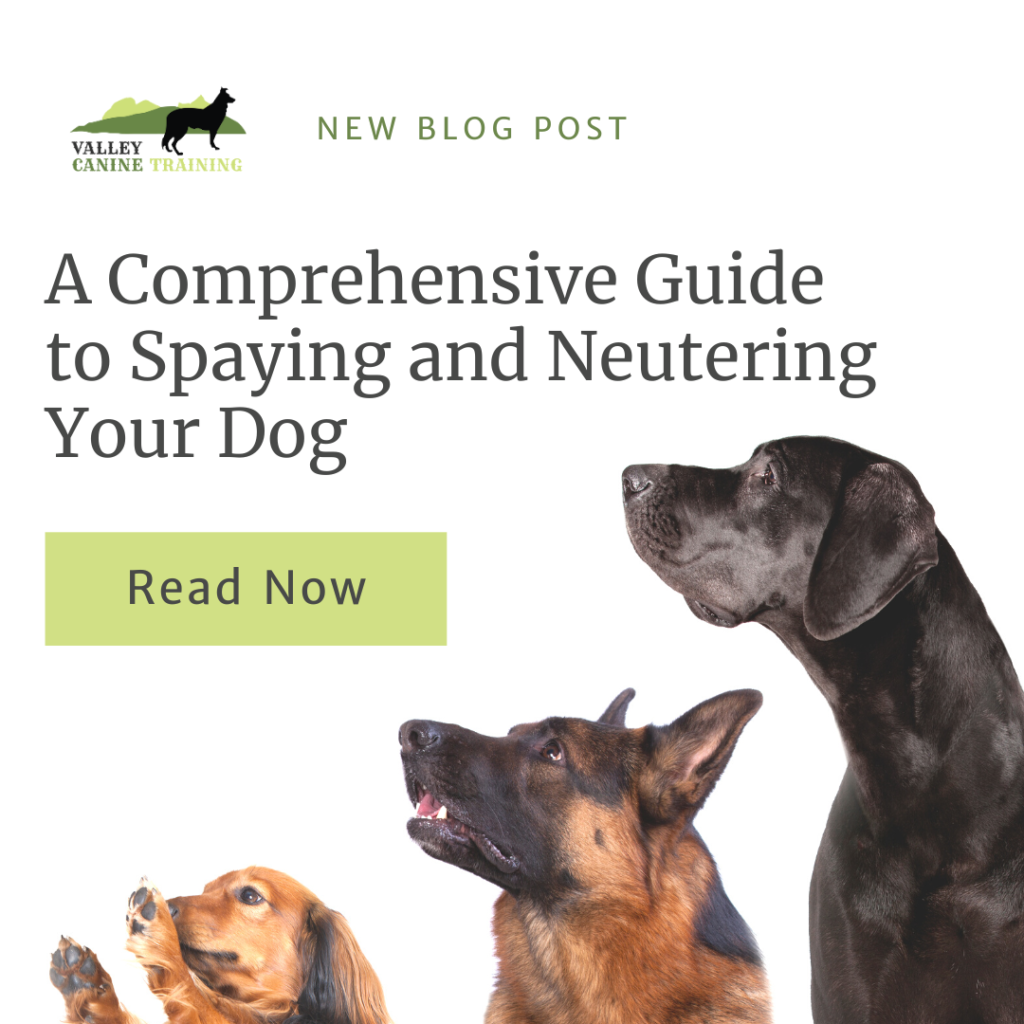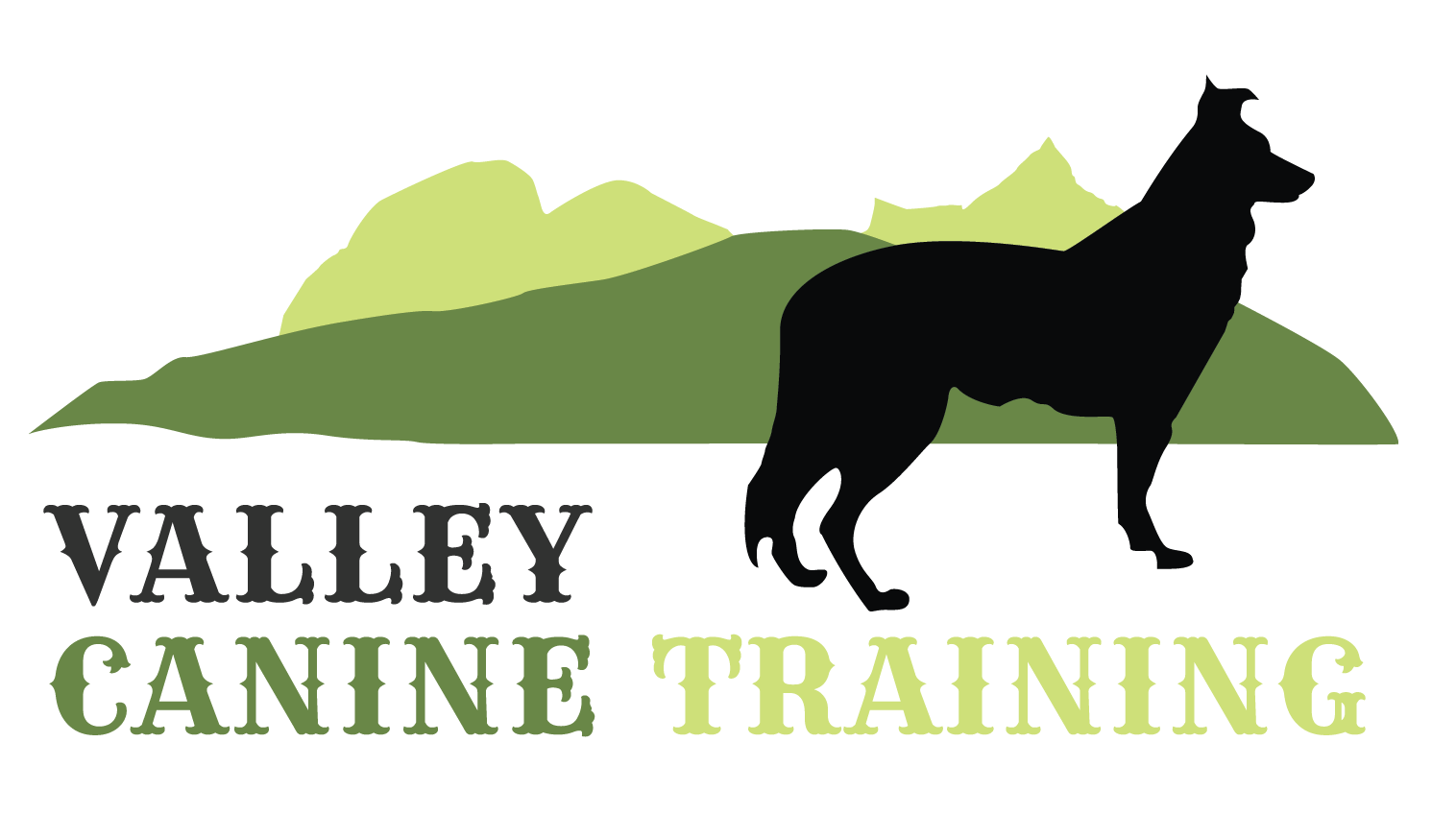
A Comprehensive Guide to Spaying and Neutering Your Dog
Written By: Victoria Regan
Spaying and neutering are essential aspects of responsible pet ownership. Not only do they help control the pet population, but they also provide numerous health and behavioral benefits for your furry companion. In this blog post, we’ll cover everything you need to know about spaying and neutering your dog, including how to prepare, aftercare, timing, and why it’s important.
Before the Appointment: How to Prepare
Before scheduling your dog’s spaying or neutering appointment, there are several crucial preparations to consider:
1. Consult with your veterinarian: Discuss the procedure, potential risks, and any concerns you may have with your vet. They can provide valuable insights into your specific dog’s needs.
2. Follow fasting guidelines: Typically, your dog should fast for 12 hours before the surgery to prevent complications during anesthesia.
3. Arrange transportation: Make sure you have a plan to get your dog to and from the vet’s office safely, as they may be groggy after the procedure.
4. Prepare a comfortable recovery area: Set up a cozy, quiet space where your dog can rest and recover. This area should be free from potential hazards, like stairs or sharp objects.
Aftercare: What to Look Out For
After the surgery, your dog will need proper care to ensure a smooth recovery:
1. Monitor for swelling or infection: Keep an eye on the incision site for signs of redness, swelling, discharge, or unusual odors. Any of these may indicate a problem that requires veterinary attention.
2. Prevent licking or chewing: Use an Elizabethan collar to prevent your dog from licking or chewing the incision, which can lead to infection or irritation
3. Administer medications as prescribed: Follow your veterinarian’s instructions for pain relief and antibiotics, if necessary.
4. Maintain a clean environment: Keep the recovery area clean and dry to reduce the risk of infection.
When Can I Resume My Dog’s Exercise?
The post-operative recovery period is crucial for your dog’s well-being. Here’s a general timeline for resuming exercise:
1. Low-impact activities: Gradually reintroduce short, leashed walks after a few days, but avoid strenuous exercise. Be cautious and attentive to your dog’s comfort and energy level.
2. Full recovery: Most dogs can resume their regular exercise routine within 2-4 weeks, but consult your vet for specific recommendations. The timing may vary depending on your dog’s age, size, sex and health. Female spay is a way more complicated procedure then a neuter, typically female dogs need more time for recovery then male dogs. Since a male neuter is a less intrusive procedure.
What Type of Exercise to Avoid
During the recovery period, it’s essential to avoid high-impact activities, such as running, jumping, and strenuous play. These activities can strain the incision site and slow down the healing process.
When Can I Resume My Dog’s Training?
Resuming training after spaying or neutering depends on your dog’s individual recovery. However, basic training can usually continue within a few days to a week. Again, consult your veterinarian for guidance, as some dogs may need a longer rest period such as female dogs after a spay.
What Kind of Training Can I Do Right Away?
Right after the surgery, focus on training that doesn’t involve physical strain. Engaging in mental exercises, such as obedience training, can be an excellent way to keep your dog’s mind active during the recovery period. Consider teaching new commands or reinforcing existing ones, which can be a productive and mentally stimulating activity.
Additionally, treat puzzles and food-stuffed toys are excellent tools to mentally tire out your dog. It’s crucial to remember that mental exercise is just as important as physical exercise. A few well-planned mental exercise challenges can tire your dog out just as effectively as a physical walk. However, be mindful of keeping your dog calm during the recovery period, so opt for challenging treat games or training activities that won’t overly excite your dog.
Why Timing Is Important for Spaying Female Dogs After a Heat
Spaying a female dog before her first heat cycle is generally recommended to reduce the risk of certain health issues. Timing can vary depending on the dog’s breed and size, so it’s essential to consult your veterinarian for the best advice. They will consider your dog’s unique needs and situation to determine the optimal timing for the procedure. You will want to avoid getting your female dog spayed to close to her heat because there is a higher risk for bleeding during the procedure. Consult with your veterinarian if you have further questions about the timing of your female dogs spay.
How to Know if Your Dog Is Going into Heat
Signs of a female dog going into heat include a swollen vulva, increased urination, and changes in behavior, like restlessness or seeking attention from male dogs. Male dogs may seem more interested in your female dog if she is going into heat soon. Male dogs may be more interested in smelling your female dogs back end or even licking her urine. If you see a male dog doing this it may be a sure sign that your female dog is going into heat soon. Remember dogs have amazing scenting abilities and can smell the hormonal changes in a female dog, even weeks before she starts to menstruate. Consulting your vet for specific guidance is advised. They can help you recognize the signs and decide when the ideal time for spaying is.
How to Keep Your Dog Calm During Recovery
Calm and gentle attention is key to helping your dog recover peacefully. Provide plenty of love, cuddles, and mental stimulation while keeping physical activity to a minimum. Engage your dog in interactive toys or puzzle feeders to keep their mind occupied without excessive physical activity.
What Happens to My Dog’s Hormones After Spay and Neuter
Spaying and neutering can have a significant impact on your dog’s hormonal balance. These procedures can reduce aggressive behavior, roaming tendencies, and the risk of certain cancers. For female dogs, spaying eliminates the heat cycle and decreases the likelihood of mammary tumors. For male dogs, neutering reduces the risk of testicular cancer and can minimize aggression and marking behaviors. Sometimes after a dog is spayed or neutered, they may gain weight more easily, I often recommend watching their food intake and overall health and adjusting their food portion sizes to ensure your dog stays at an ideal size/weight.
Why It’s Important to Spay or Neuter Your Dogs
Spaying and neutering are not just about population control; they also offer a multitude of benefits for your dog’s health and behavior. Understanding the process, being prepared, and providing the right aftercare will ensure a smooth and successful experience for your four-legged family member. Make responsible choices for your pet, and together we can contribute to a happier and healthier dog community.
The Importance of Spaying and Neutering in Controlling Pet Overpopulation
In Canada, approximately 11% of shelter dogs where euthanized in 2021 due to overcrowded shelters and the absence of loving homes. That’s about 2300 dogs in just 2021. Which is a very upsetting static to know.
The number of dogs accepted into shelter and rescues in 2021 was 20 974! this doesn’t include the dogs that were already in shelters from previous years.
Spaying and neutering your dog is a powerful way to contribute to solving this issue. By preventing unplanned litters, you can help reduce the burden on animal shelters and ensure that more dogs find safe and caring homes. Spaying and neutering also offer health and behavioral benefits, making it a win-win decision for both your dog and the larger dog community.
Spaying and neutering are essential components of responsible pet ownership, and this comprehensive guide has covered everything you need to know. By understanding the process, preparing adequately, and providing the right aftercare, you can ensure your dog’s well-being and contribute to a more responsible and compassionate dog-owning community. Make the choice to spay or neuter your dog and be part of the solution to pet overpopulation and the betterment of your furry friend’s life.
